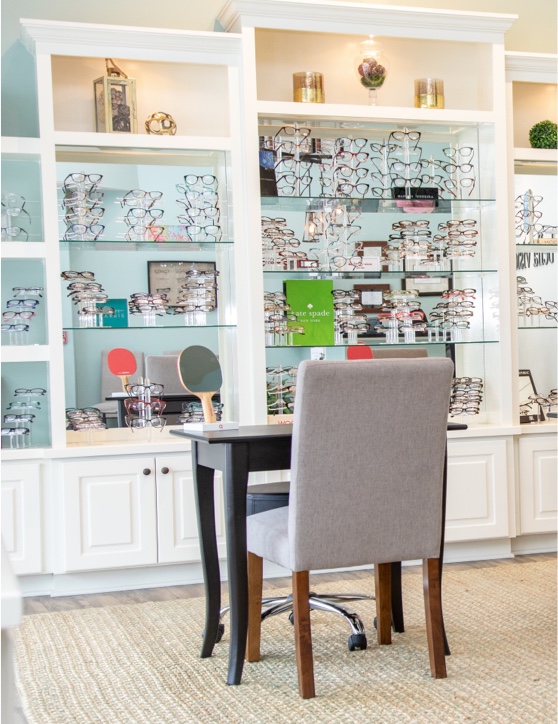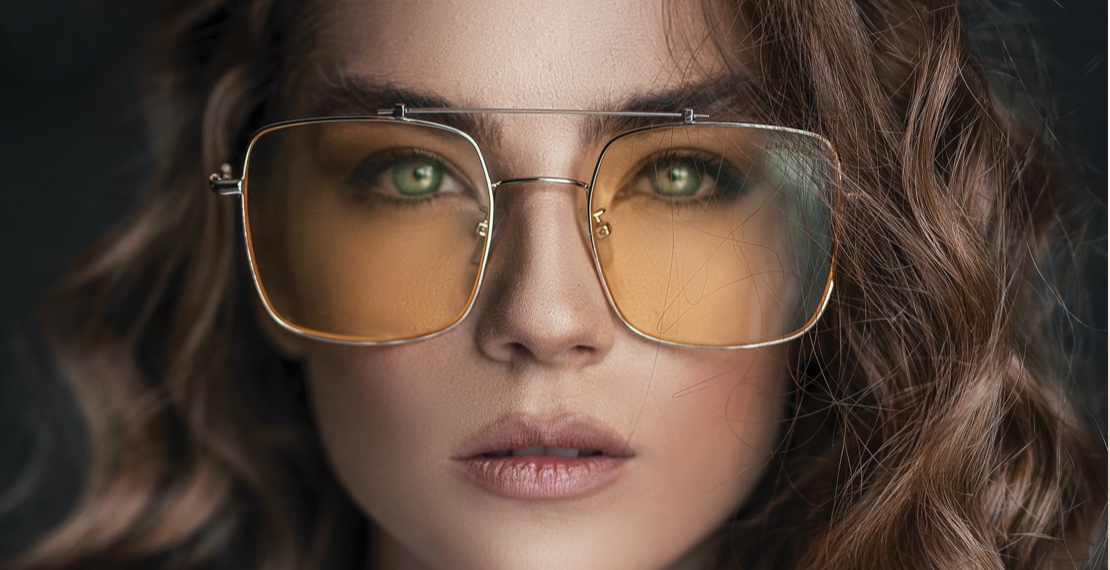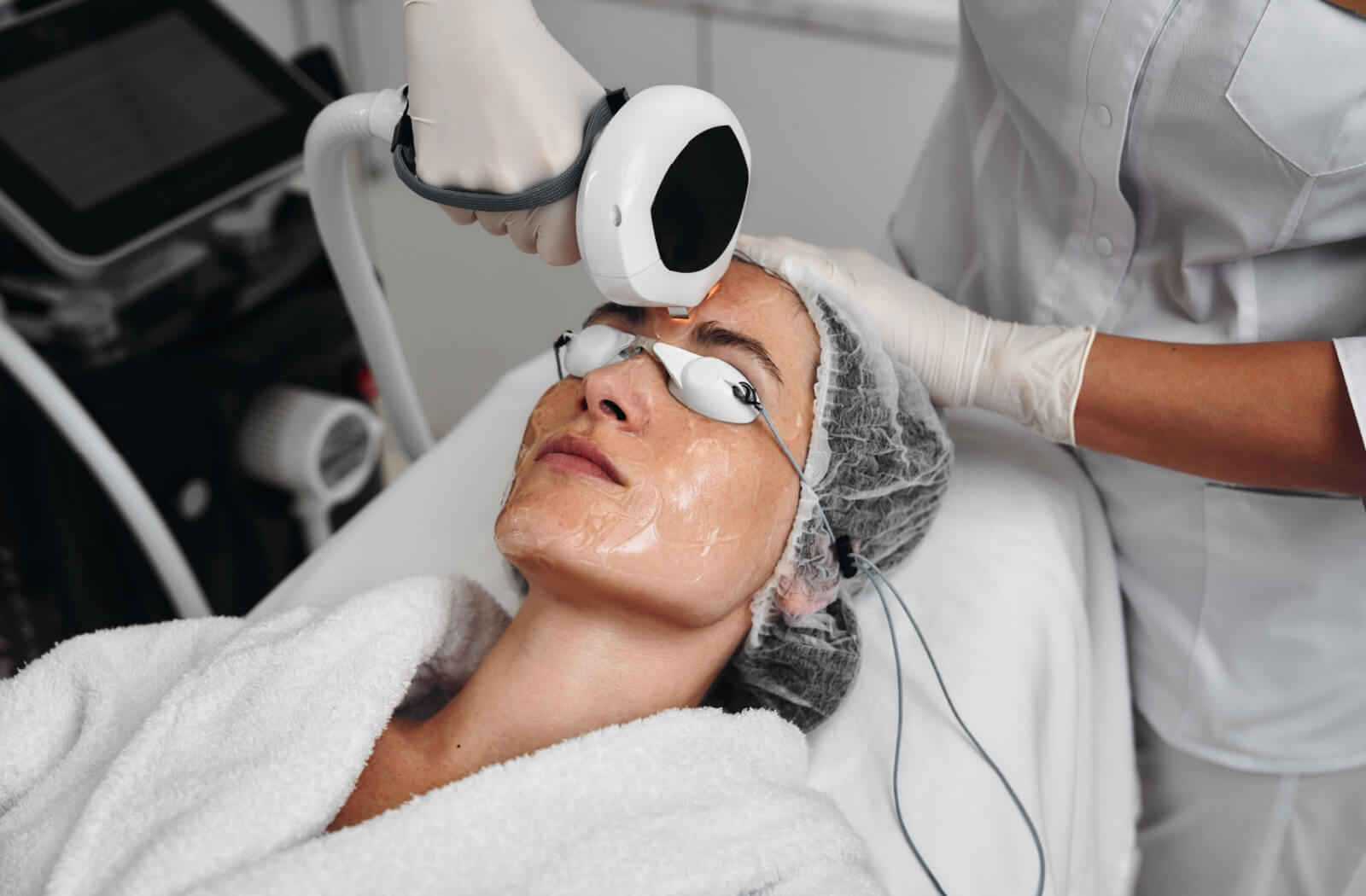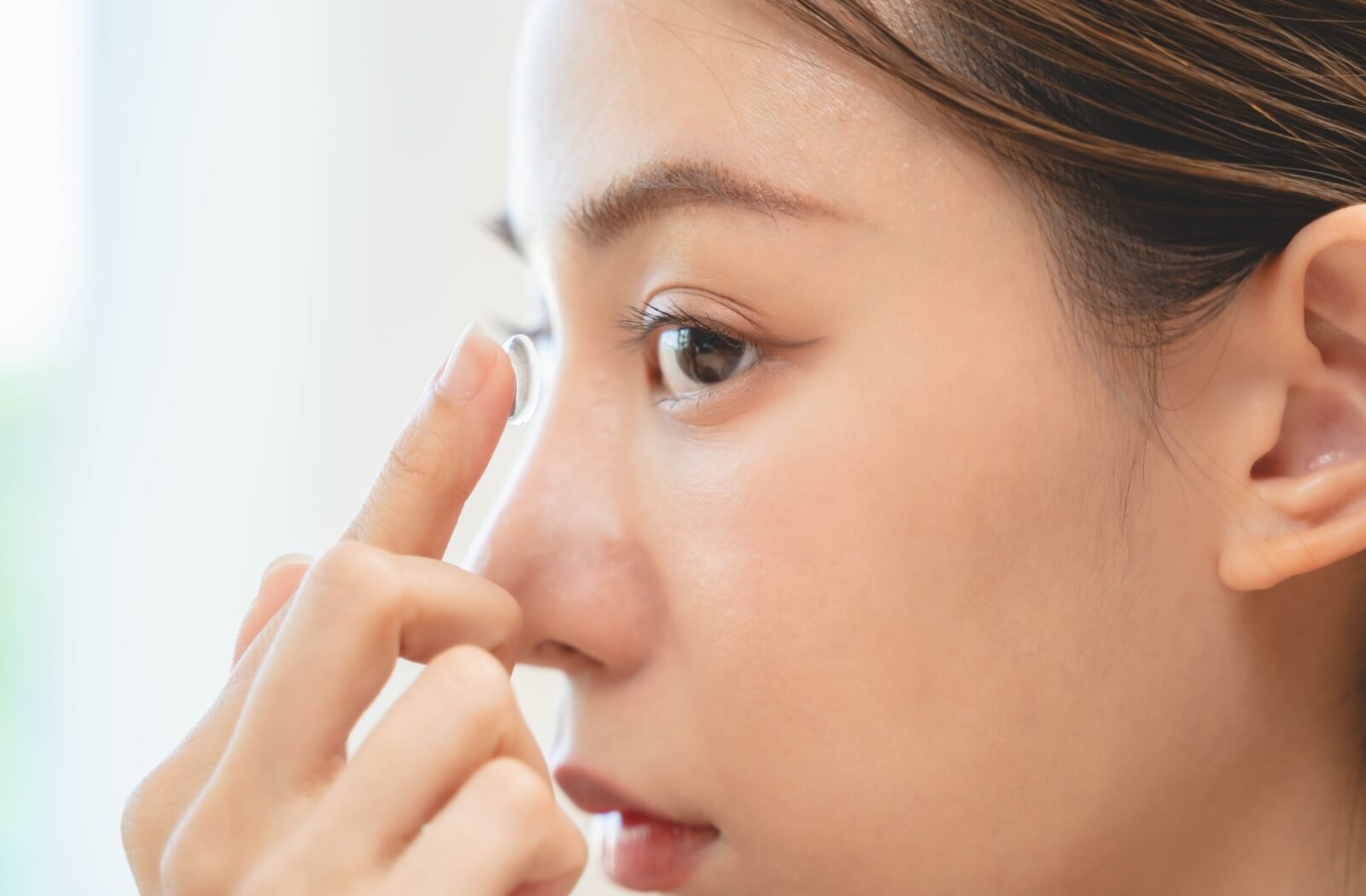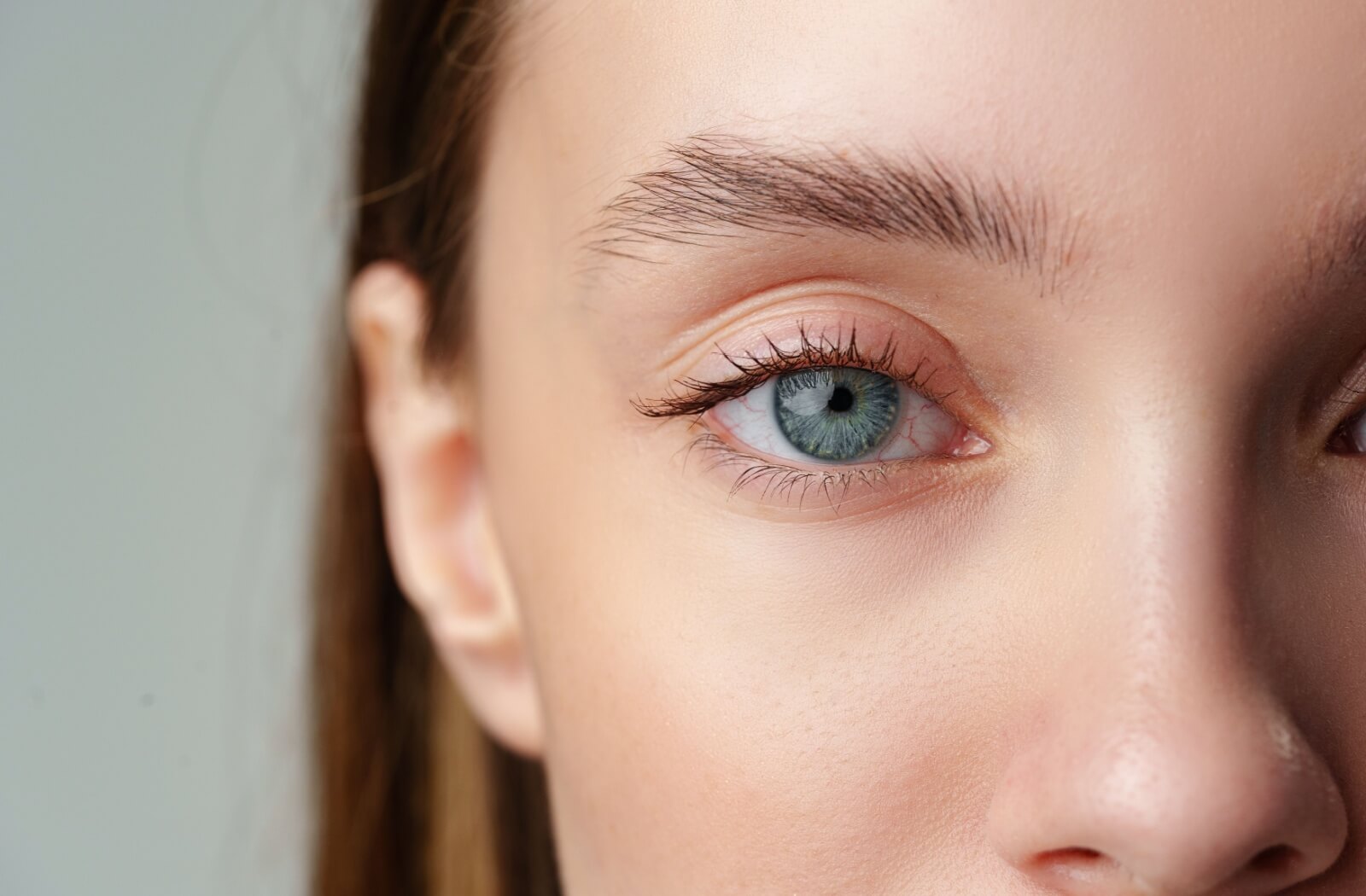I remember getting my first cell phone while in college. It was that Nokia “brick” phone that you probably had too. That phone was revolutionary to my independence and a new found way to connect with my friends anytime I wanted. I vividly remember getting my first text message – that little envelope appearing on the screen providing an entirely new way to connect.
Little did I know that it was only the start of what we would be able to accomplish with our phones. Fast forward to today, I can pay bills, schedule appointments and shop anytime I want. This once luxury is our everyday reality. We expect our technology to help us accomplish so many things, but have we also taken into consideration what those demands require of our vision?
Each day in my clinic, I get to address vision concerns with patients. Many common issues I hear sound like this: “my eyes don’t seem to adjust after being on my phone”, “I’ve started to use reading glasses like my mom”, “what’s happening?….is this normal?”
If you’ve been experiencing blurred vision, dry eyes, headaches or eye strain after working on your computer or being on your phone, you are not alone. The visual requirements that our computers and phones demand exceed traditional paper and books. Also, as we acquire more birthdays, our near vision changes as the eye loses its accommodative function – this is when most people pick up their first pair of reading glasses, sometime in their 40’s. Now more than ever, people are working from home, use multiple monitors for efficiency and find themselves conducting business outside the traditional office – who says deals can’t be made in the carpool line, right?
In order to keep up with the changing times and patient demands, lens manufacturers have been busy developing new technology with enhanced lens designs that are made to address the modern patient. There are many different lens designs, but today we will talk about 2 specific kinds of glasses: computer glasses and reading glasses.
Glasses prescribed for the computer help reduce digital eye strain, provide blue light protection and are measured to provide clear vision at specific near ranges providing optimal comfort and vision.
If you need help determining which type of glasses would work best for you, contact your eye doctor for a comprehensive eye exam. Your doctor can help determine which type of lens design would work best for you based on your prescription, visual demands and lifestyle.
What Are Computer Glasses?
Computer glasses are designed with specific “zones” that optimize near vision. I like to explain it to patients that the main portion of the lens ‘real estate’ is designed for their computer, which for most people sits at an intermediate distance, around 20 to 26 inches away. The bottom portion of the computer lenses have an additional reading add power so that the person can easily move from looking at their computer screen to reading material that is closer. This allows for the patient to sit with their head straight preventing the “chin up” position that occurs commonly with progressive lenses. The closer the screen and smaller the print the more your eyes have to work to focus, or accommodate. This constant effort to maintain focus can lead to eye fatigue and discomfort.
Computer lenses are specifically designed and measured to help improve clarity, comfort and allow you to focus on your computer with less eye fatigue. With computer lenses, I like to also add blue light blocking and anti-glare technology that further help improve the optical quality.

What Are Reading Glasses?
Over the counter Reading glasses are designed to address normal age-related changes to your vision by helping you see small text and close-up items. This change is normal and occurs for most people sometime in their 40’s.
Some patients are able to wear OTC readers that are found in drugstores and supermarkets. Since those lenses only provide magnification and do not account for differences in prescription between the eyes or astigmatism correction, some patients cannot find a pair of readers that provide clear vision regardless of power. For those patients, a pair of prescription reading glasses can be measured and designed for you by your eye doctor.
How Presbyopia Impacts Near Vision
Presbyopia is a common age-related condition affecting near vision, typically in the mid-40s. This natural change occurs when the eye’s lens loses flexibility, making it challenging to focus on nearby objects. As a result, tasks requiring close attention, such as reading fine print or using smartphones, become more difficult.
Prescription glasses (progressives, computer and single vision reading designs) are specifically designed to address the frustrating process of presbyopia. These lenses are designed with varying magnification strengths and can be tailor-made to the patient’s specific workplace ergonomics. While computer glasses aren’t designed explicitly for presbyopia, their intermediate focus area can sometimes offer relief for those experiencing presbyopia and digital eye strain symptoms. This feature benefits those with presbyopia who spend extended periods in front of screens, providing a more comfortable viewing experience.
Do I Need Computer Glasses or Reading Glasses?
Deciding between computer glasses and reading glasses largely depends on your specific visual needs, refractive error and overall eye health. Here are some things to consider:
- Purpose: Computer glasses are designed to reduce eye strain caused by using digital screens for extended periods. On the other hand, reading glasses are meant to magnify close-up text and help focus on small print and aren’t designed for computer use.
- Symptoms: Assess the symptoms you experience while using digital devices or reading. If you experience eye fatigue, headaches, dry eyes, or blurred vision after using a computer or reading for an extended period, computer glasses may help. Prescription glasses may be more suitable if your main issue is difficulty seeing small print and focusing up close.
- Distance: Consider the distance at which you typically use your digital devices or read. Computer glasses are usually optimized for the distance between your eyes and the computer screen. Reading glasses are designed for a closer range, usually around 14–16 inches.
- Prescription: If you already wear prescription glasses, consult your eye doctor for recommendations. They can determine whether you need a separate pair of computer glasses or if your current prescription can be adjusted to accommodate both computer and reading tasks.
You don’t necessarily have to choose between one lens design or the other. I like to explain to patients that glasses and contact lenses become a “pair of shoes” type of situation. Some people find they can also use their computer glasses as reading glasses. Both types can help reduce eye strain and improve focus and may be used interchangeably depending on your needs.
Professional Help for Vision Correction
If you suspect you have presbyopia or are experiencing symptoms like blurred vision while reading, eye strain, or headaches after prolonged close work, contact us today at Bella Vision to schedule an eye exam. We can help determine the extent of your presbyopia and whether you need corrective glasses or lenses to help improve other vision issues.





